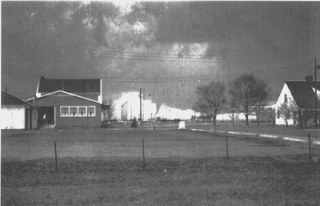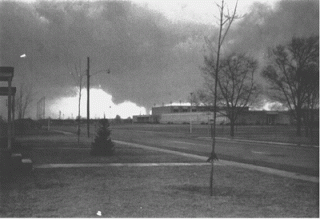Today is Groundhog Day. I don’t know whether Punxatawney Phil saw his shadow, but I have to say, I’m not willing to live or die by his abilities as a long-range weather forecaster. When it comes to chewing on roots and leaves, groundhogs’ abilities shine; as meteorologists, though, I’m less inclined to place much confidence in them.
Besides, this business of a groundhog seeing his shadow could hang on a matter of a minute or two. The day here in Michigan started out cloudy–lousy weather for viewing shadows. By around 2:15, it had cleared up, the sun was shining, and shadows could be had for cheap. Maybe Pennsylvania experienced similar circumstances, I don’t know. Did Phil go on the prowl for his shadow in the morning or the afternoon? That could make a difference. If you ask me, it all seems pretty arbitrary.
I have more confidence in the forecast models. Even though next week’s surge of moisture is a week away, I’ve got something reasonably substantial to pin my expectations on. This is the time of year when I start to get my hopes up. Action in Dixie Alley next Sunday or Monday? Could be. Looks like mid-fifties dewpoints may work their way as far north as southern Illinois. Right now, it’s just conjecture, wishcasting. But overall, while ol’ Phil seems like a nice enough fellow, I think the GFS packs a bit more credibility when it comes to the weather.









